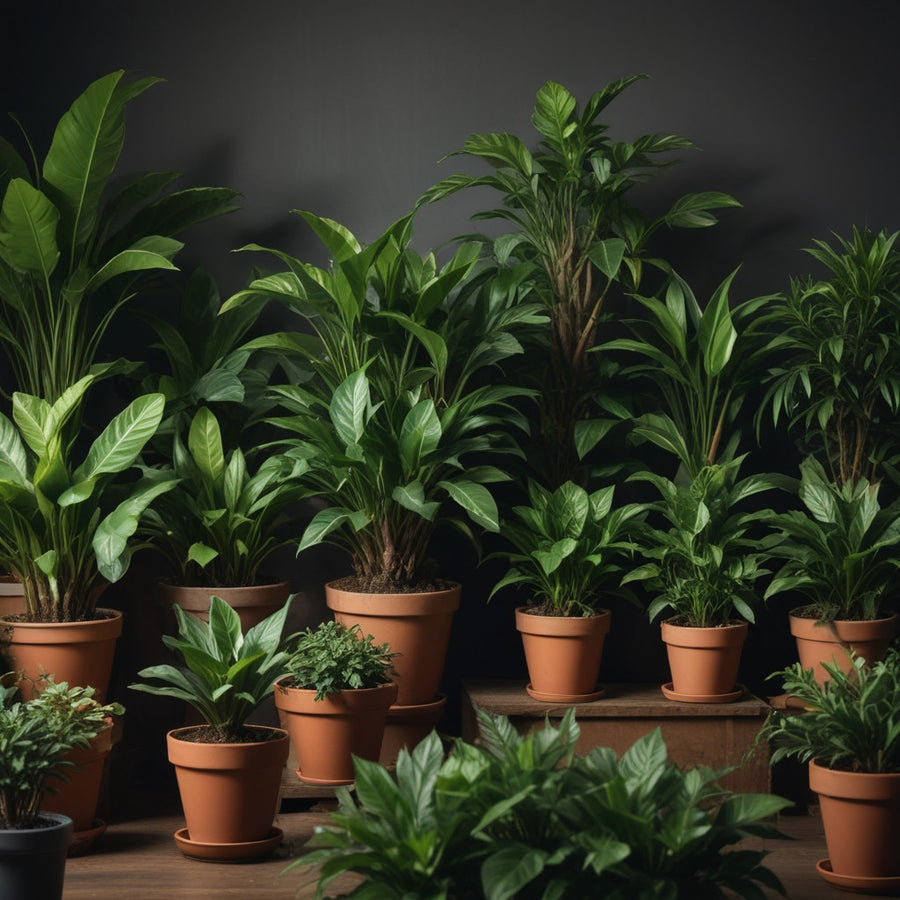Flourishing Growth: Exploring South Africa's Blooming Potted Plant Industry

Introduction
South Africa, with its diverse climates and rich biodiversity, is a haven for plant enthusiasts. Among the thriving sectors of its agricultural industry is the potted plant trade, which not only caters to local demand but also fuels international exports. In this article, we delve into the verdant world of potted plants in South Africa, exploring its growth, challenges, and future prospects.
The Rise of Indoor Gardening Culture

In recent years, there has been a noticeable surge in indoor gardening culture across South Africa. Urban dwellers, recognizing the benefits of incorporating greenery into their living spaces, have turned to potted plants as a means of enhancing aesthetics and improving indoor air quality. This trend has driven demand for a variety of indoor plants, including succulents, ferns, and tropical species, stimulating growth within the potted plant industry.
Economic Impact and Export Potential
The potted plant industry contributes significantly to South Africa's economy, generating revenue through both domestic sales and international exports. The country's favorable climate allows for the cultivation of a wide range of plant species, from indigenous flora to exotic imports. South African nurseries and growers capitalize on this diversity, supplying not only local markets but also exporting plants to countries around the world. European markets, in particular, have shown a keen interest in South African potted plants, further bolstering the industry's export potential.
Sustainability Challenges and Initiatives
Despite its growth and economic benefits, the potted plant industry in South Africa faces sustainability challenges. Issues such as water scarcity, habitat destruction, and the introduction of invasive species pose significant environmental concerns. However, there is a growing awareness within the industry about the importance of sustainable practices. Many nurseries are adopting eco-friendly cultivation methods, implementing water-saving techniques, and prioritizing the propagation of indigenous plants. These initiatives not only mitigate environmental impact but also contribute to the conservation of South Africa's rich plant biodiversity.
Conclusion
The potted plant industry in South Africa is flourishing, driven by a combination of domestic demand, international exports, and a growing appreciation for indoor gardening. While the sector faces sustainability challenges, there is optimism about its future prospects. By embracing sustainable practices and harnessing the country's natural resources responsibly, South Africa's potted plant industry can continue to thrive, enriching both the economy and the environment.






